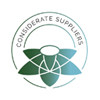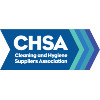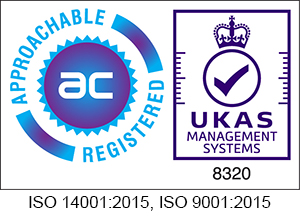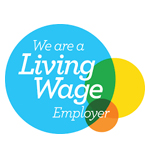The Dangers of Quat Based Cleaners in Schools
In 2021, I wrote a post on LinkedIn entitled "Swapping out petrochemical cleaning products containing VOCs (Volatile Organic Compounds) can massively increase air quality in schools."
That piece explored the adverse effects of VOCs in cleaning products, emphasizing the need for healthier environments for pupils, see https://www.linkedin.com/posts/gary-fage-janitorial-supplies_petrochemical-cleaning-voc-activity-6857291235099574272-q_0I?utm_source=share&utm_medium=member_desktop
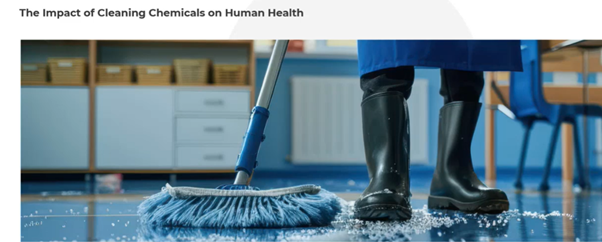
Inspired by recent insights from two hugely important industry podcasts—one by The Cleaning and Hygiene Suppliers Association (CHSA) and another by the Probio specialists Bio Preparations
I felt it was time to revisit this topic, expanding on both their discussions to include another pressing concern: Quaternary Ammonium Compounds (QACs), which both expressed concerns about if not used as per the manufacturer’s instructions and in particular rinsing.
One high profile industry expert said “in reality and in my experience, rinsing is not a routine activity when cleaning is carried out”
Further concerns were raised relating to the use of QAC based cleaners in hospitality, "How often have you had staff spray some unknown cleaning fluid on the table you are seated at?"
With regards to schools, it is assumed that they are safe havens where children learn, grow, and thrive. However, hidden dangers can linger in the air they breathe and on the surfaces they touch. Educators are increasingly recognizing two significant contributors to indoor environmental risks: VOCs and QACs. Understanding these risks and taking proactive measures can improve air quality and safeguard the health and cognitive well-being of pupils.
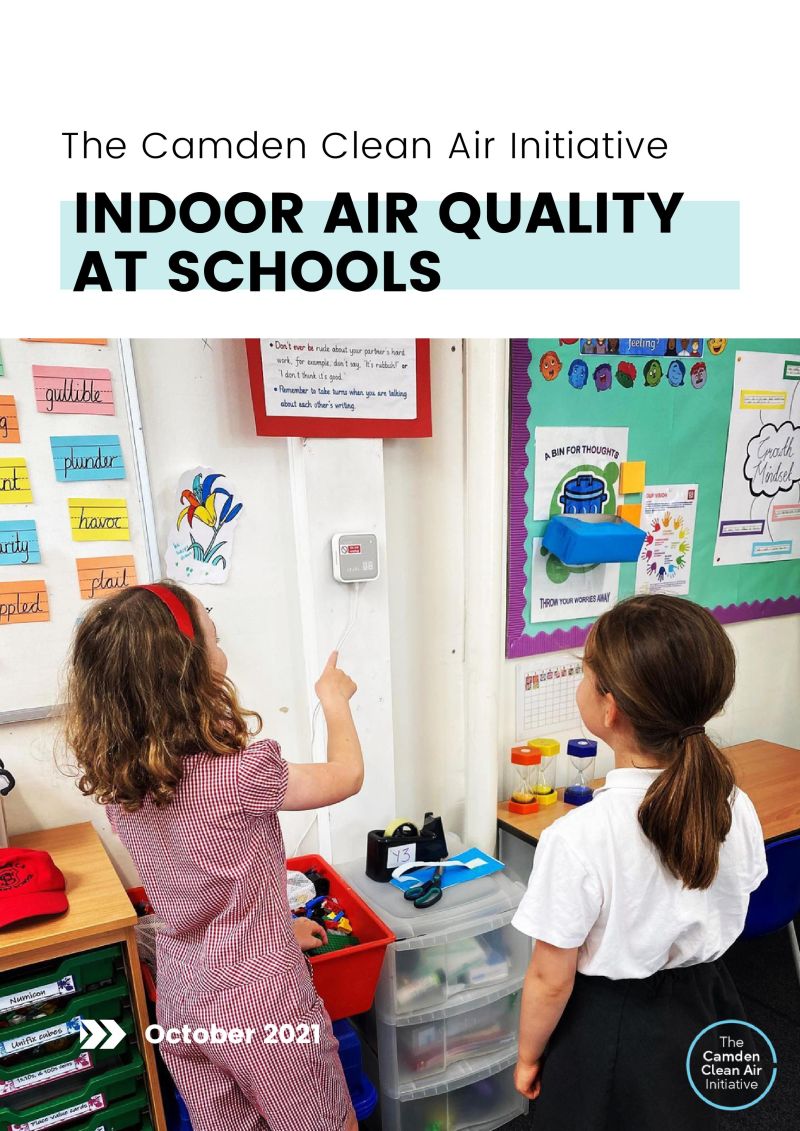
Why This Matters
During the Bio Preparations podcast, the focus on sustainable, non-toxic alternatives to cleaning was eye-opening, while the CHSA podcast highlighted gaps in regulation for cleaning chemicals. These discussions reaffirmed my belief that we need to address the overlooked impact of VOCs and QACs in schools.
As someone involved in promoting sustainable cleaning practices, I’ve seen first-hand how schools struggle to balance hygiene, cost, and environmental concerns. My conversations with school staff often reveal a genuine desire to create healthier environments but also a lack of awareness about the risks posed by traditional cleaning products. For more information VOC’s and QAC’s and safe alternatives, follow the link.
What Are VOCs and QACs?
Volatile Organic Compounds (VOCs)
VOCs are a group of organic chemicals that easily evaporate at room temperature. In cleaning products, they often serve as solvents, fragrances, or preservatives. Common VOCs include formaldehyde, benzene, and toluene. While these compounds enhance product performance, their emissions can significantly affect indoor air quality and health.
Quaternary Ammonium Compounds (QACs)
QACs are widely used in disinfectants and sanitisers for their antimicrobial properties. Examples include benzalkonium chloride and didecyldimethylammonium chloride. Despite their effectiveness, prolonged exposure to QACs can lead to respiratory irritation, skin sensitivity, and even long-term health issues like asthma exacerbation.
The Impact on Pupils
Children are particularly vulnerable to the effects of VOCs and QACs due to their:
- Higher respiratory rates, which increase their intake of airborne pollutants.
- Developing immune and neurological systems, making them more susceptible to toxins.
- Prolonged exposure, as they spend much of their day in school environments.
Research has linked VOC exposure to cognitive impairment, while QACs have been associated with respiratory irritation and potential long-term effects on health.
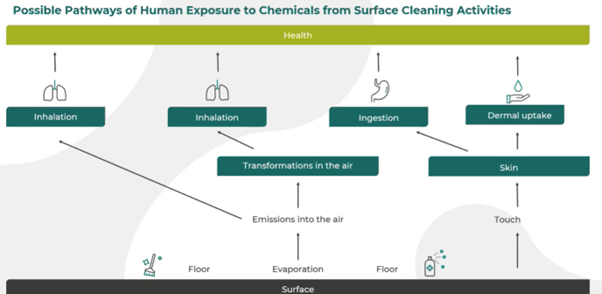
Moving Forward
Reflecting on my original LinkedIn article, I’m heartened to see growing awareness about VOCs. However, the recent insights about QACs highlight that the conversation is far from over. By addressing both airborne and surface-level risks, schools can take meaningful steps toward creating healthier environments for pupils and staff alike.
Switching to safer cleaning products, improving ventilation, and investing in education are not just operational choices but moral imperatives. They represent a commitment to safeguarding the health and future of our children.
Conclusion
The use of petrochemical-based cleaners containing VOCs and QACs poses significant risks to schoolchildren. By making informed choices and embracing safer alternatives, we can reduce these risks and create spaces where children truly thrive. Let’s prioritise indoor air quality and chemical safety—for the good of pupils, staff, and the community at large.

